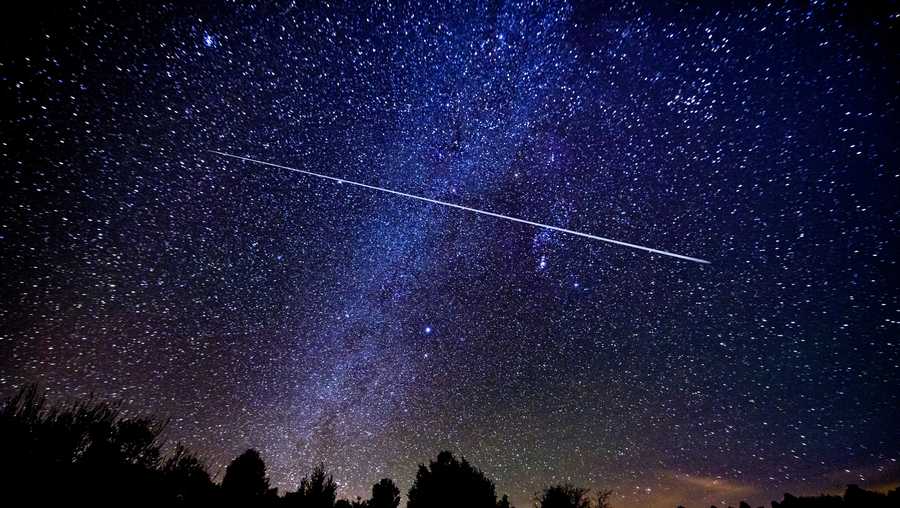How to take in the incredible Lyrid meteor shower this week
One of the world's oldest meteor showers, the Lyrids, is expected to peak Thursday during the predawn hours. According to Mental Floss, the first observation of the shower was in China as far back as 690 BCE.
The shower is named for its location near the constellation Lyra, specifically surrounding Vega, its brightest star. The phenomenon occurs due to the earth moving through a debris field churned up by Comet C/1861 G1 (Thatcher), which causes space rocks to heat up throughout the atmosphere, creating lights that shoot across the sky.
The Lyrids are the strongest shower of this kind, but they're known to be unpredictable: On average, only 20 shooting stars can be seen per hour during its peak nights. But there are some cases were more than 100 shooting stars can be seen within one hour but this is rare. The average amount of meteors per hour is around 10.
If you're interested in viewing the Lyrid shower this year, the best time is between the night of Wednesday, April 21 and the morning of Thursday, April 22, when the sky is at its darkest — usually between 3 and 4 a.m.
So if you haven't done so already, be sure to set your alarm and get your binoculars ready to see this ancient spectacle!
File video: Spectacular time lapse shows Perseid meteor shower and Milky Way in eastern Washington in 2020


